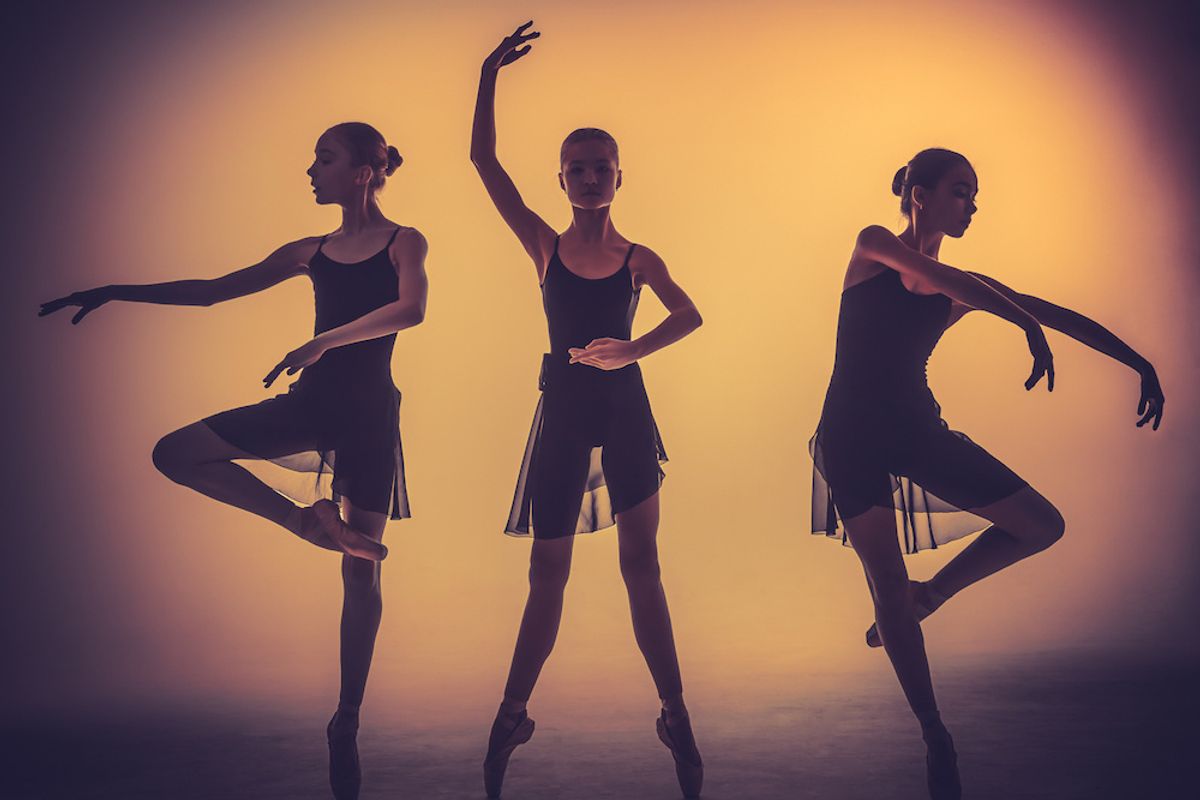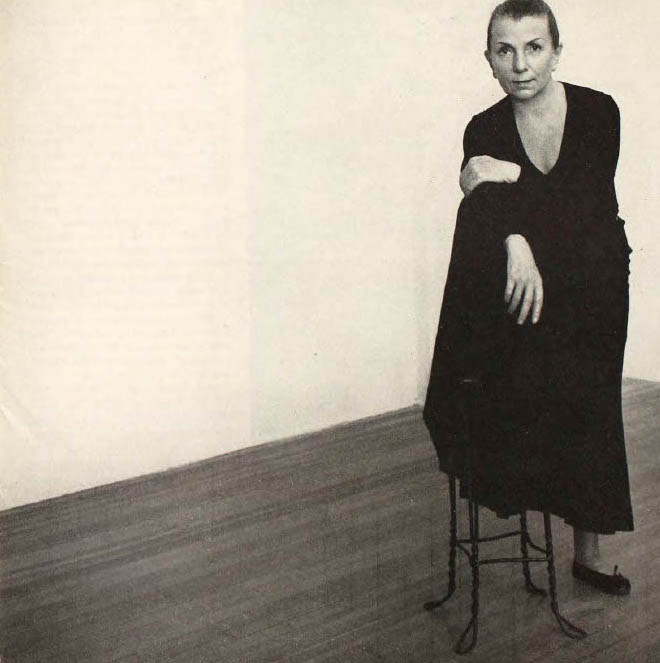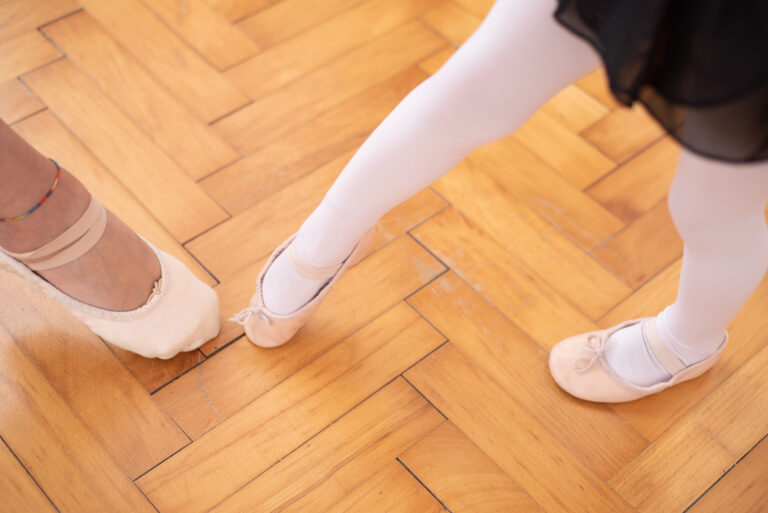
Q: I’ve been blessed with great feet and ankles, but when it comes to getting higher relevés out of my students with lesser feet, I’m stumped. Do you have any advice for achieving maximum relevé?
A: The height of a dancer’s relevé depends on both the muscles that cross at their ankle joint and the mobility of their foot itself. Have your dancer sit in a chair and, one foot at a time, lift their heel into relevé. Do the toes bend to that 90-degree platform they’ll need for relevé? What is the line of the ankle and foot if they sit on the ground with straight legs and point their feet? Can they flex the toes and keep the ankle elongated? These will give you an idea about the mobility of the foot and ankle. The bones need to align and move easily in response to movement. If they are able to easily go up into demi-pointe when seated and have a beautiful pointed foot in tendu, then the next logical place to look is at muscle strength.
The gastrocnemius is the main muscle that lifts dancers into relevé, but it needs to work in balance with the other foot muscles in order to not sickle or pronate. Many dancers are more concerned with flexibility than strength, when it comes to calf muscles. Research shows that strengthening the calf and foot muscles decreases the number of ankle injuries in professional ballet dancers. Twenty single-leg relevés on each leg is a good first goal to get to, both in parallel and in first position. Make sure they do it with good alignment, of course.




